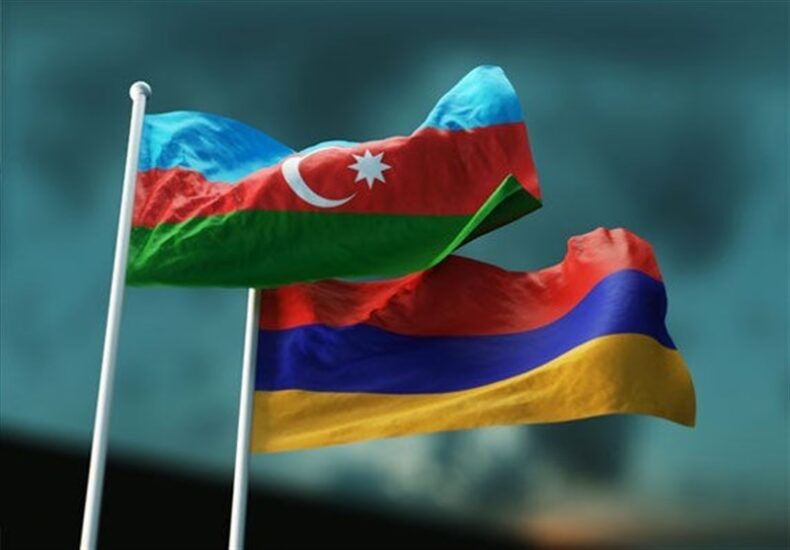On 19th September 2024, Azerbaijani forces launched an operation in the Nagorno-Karabakh region claiming to conduct an anti-terror operation and demanding the exit of the ethnic Armenians from the region.

Nagorno-Karabakh’s Historical Background
In the pre-Soviet Era, the region acted as a meeting point for the Ottoman, Russian and Persian Empires given its strategic location. On the inclusion of the region into the Soviet Republic, it was made a part of Azerbaijan even though the majority population of the region was of Armenian ethnicity.
In 1998, the Nagorno-Karabakh Oblast’s Council passed a resolution demanding to be integrated with Armenia. This became the trigger point for already existing tensions between Armenia and Azerbaijan.
The fall of the Soviet Union in 1990s led to a declaration of all countries in the region declaring independence and autonomy including the Nagorno-Karabakh region. This led to the First Nagorno-Conflict in 1991 between Armenia and Azerbaijan where thousands were killed.
In 1993, Armenia gained majority control of the region which included 20% of Azerbaijan’s territory and in 1994 the Bishkek Protocol was brokered by Russia between the two countries calling for a ceasefire by both nations. A de-facto independent government was established in the region with Stepanakert which was heavily reliant on Armenia for political, economic and military support
While the region saw perpetual, even of small scale attacks, in 2020, due to continuous activity by drones, shelling and special operations, the Second Nagorno-Karabakh conflict broke on grounds of violation of the previously signed ceasefire agreement.
The War which started in September 2020 was put to a stop by a Russian-brokered deal in November. This time, most territory was acceded to Azerbaijan with the Lachin corridor that connects Armenia to the conflicted region being guarded by Russian Peacekeeping Forces. Many ethnic Armenians of the region have been translocated.
The current operation launched by Azerbaijan has been called out to be an act of “ethnic cleansing” by Armenia.
The Underlying Reason Behind the Conflict
The tussle between Armenia and Azerbaijan over the region has a multifaceted rationale.

For the Armenians, the mountainous terrain of the Nagorno-Karabakh region which it believes is an extension of the Armenian plateau acts as a natural frontier against its neighbours. Additionally, the majority population of the region are of Armenian ethnicity and follow Christianity.
For Azerbaijan, on the other hand, the territory is regionally located within its borders. Further, it considers the steppes in its country to be an extension of the conflicted terrain. Additionally, the minority Muslims who reside in the region are also of concern.
For Azerbaijan, the region is also economically very important as its oil and gas pipelines which are spread across the Caucasus region and connecting to Turkey and Europe also pass through the Nagorno-Karabakh region.
The conflict thus is a conflict between the right to territorial integrity and the right to self-determination among others.
Furthermore, any harm to the energy supply lines in the region would cause excessive damage to Europe and surrounding regions which remains heavily dependent on Azerbaijan for its oil and gas needs.
In such a case, the Madrid Principles proposed by the Minsk Group of the Organization for Security and Co-operation in Europe in 2007 with modifications may provide a balanced solution for the conflicted region.













